Santiago is a modern, safe, well-run city, surrounded by beautiful mountains and wineries. It's easy to be a tourist here; you can safely walk or take the subway all over, and the people are friendly and polite.
Cerro San Cristóbal
This is a very big hill in the north of the city with great views and a large Virgin Mary statue on top. The easiest way to ascend is via the funicular (a little railway, with trains departing from the north end of Pío Nono in the Bellavista neighborhood) — supposedly there's a teleférico (chairlifts) as well, but it wasn't in operation when I visited.
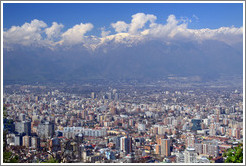
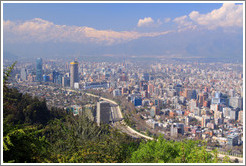
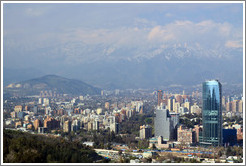
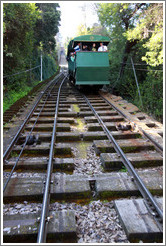
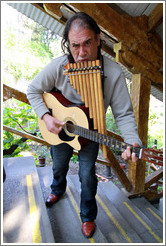
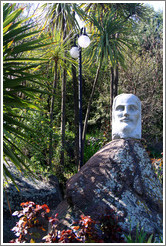
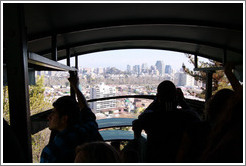
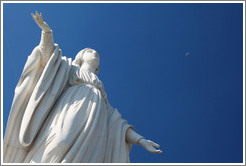
Bellavista
This neighborhood has a nice vibe — it feels free-spirited and artistic. The brilliant poet Pablo Neruda had a home here. My favorite mural ever (Universo Numérico by Ximena Mandiola) can be seen in the first photo below.
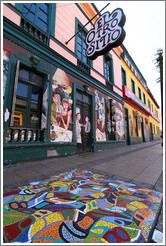
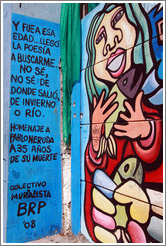
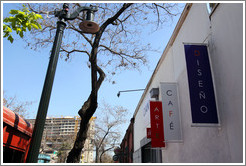
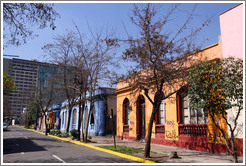
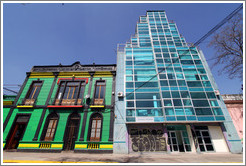
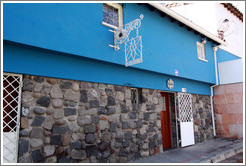
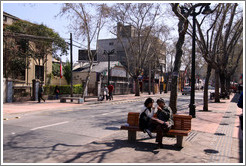
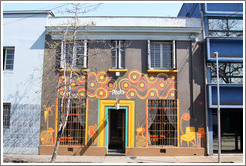
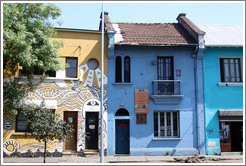
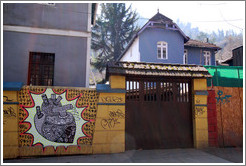
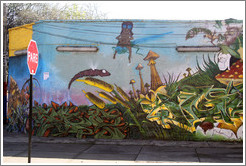
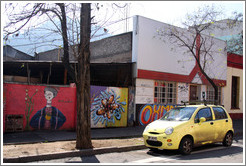
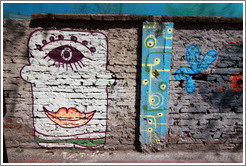
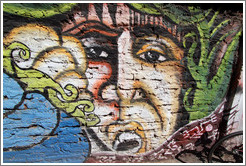
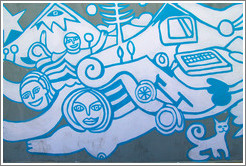
Providencia
Providencia is an ultramodern, commercial part of the city. Shiny office buildings, well-dressed people, and restaurants abound.
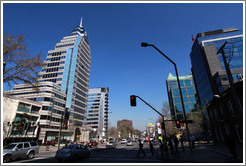
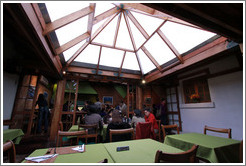
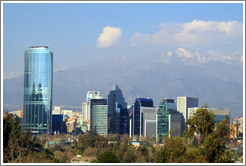
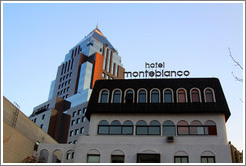
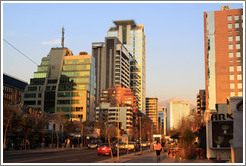
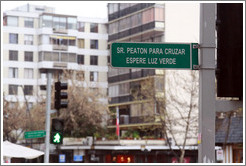
Lastarria
This is a small, pleasant, pedestrian-friendly neighborhood to wander around, with restaurants, museums, and bookshops.
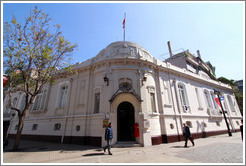
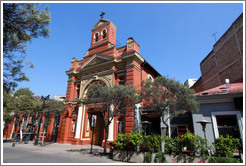
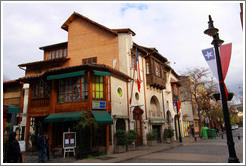
Centro
Historic buildings, pedestrian streets, shopping, and the city's main square, the Plaza de Armas, complete with street performers, the main cathedral, and other beautiful buildings, can all be found here in the city center.
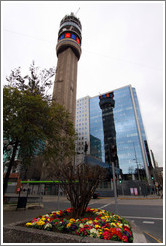
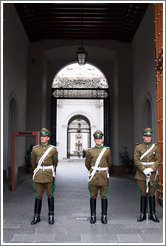
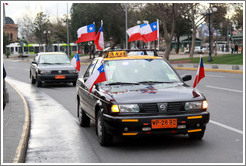
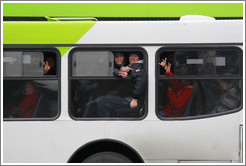
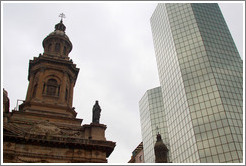
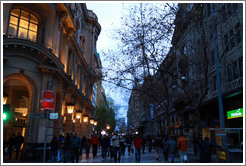
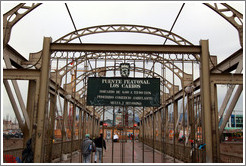
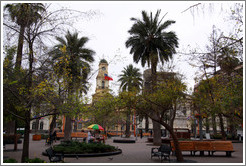
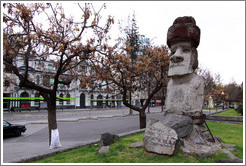
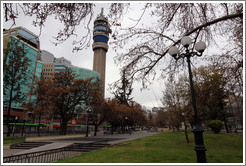
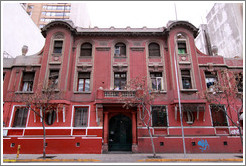
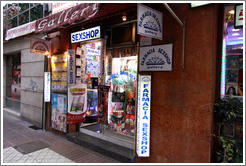
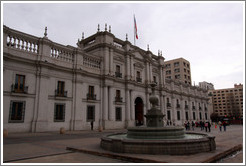
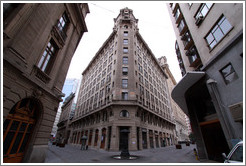
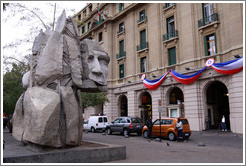
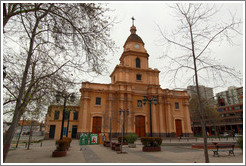
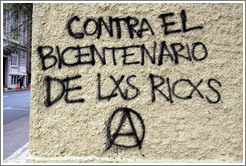
Cerro Santa Lucía
This hill in the center of Santiago is much smaller than Cerro San Cristóbal, but it still has nice views, it's easy to ascend (a walk, not a hike), and it contains many delightful gardens.
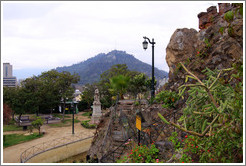
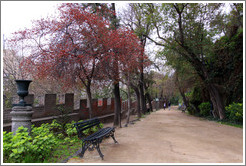
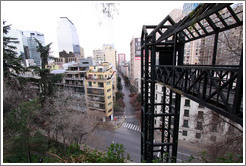
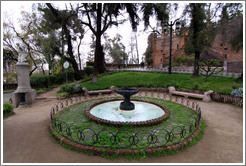
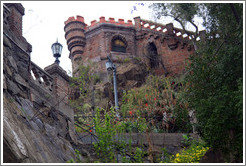
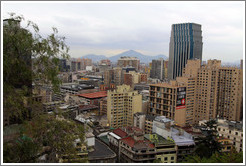
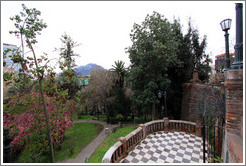
Parque Forestal
Stretching west to east in the middle of the city, Parque Forestal provides a long stretch of greenery through which to stroll, with interesting sculptures and the Museo Nacional de Bellas Artes.
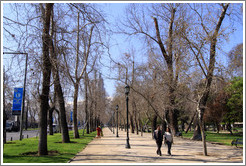
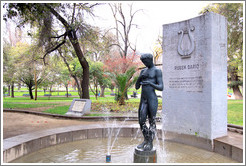
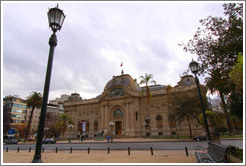
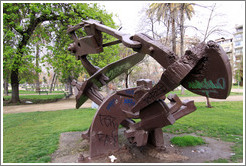
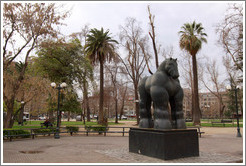
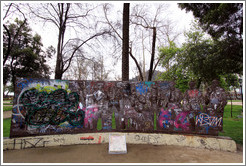
Metro
The city's subway system is quite good, safe, and extensive — a highly recommended way to get around.
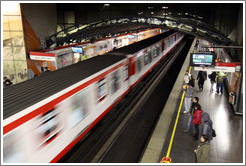
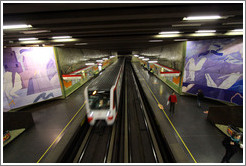
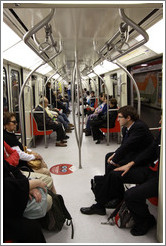
Homeless Dogs
The one thing that seems anomalous in this otherwise pristine city is the high number of homeless dogs. There seems to be a high tolerance of the situation, and people feed them and occasionally even pet them. Aside from a little mange, the dogs seem healthy. They're completely trusting of people, and many are quite beautiful.
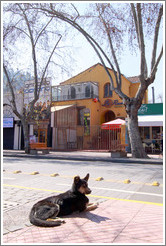
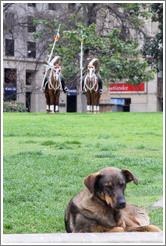
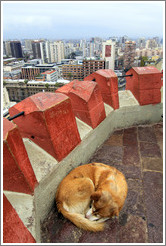
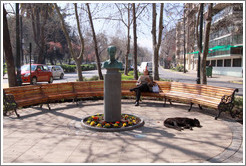
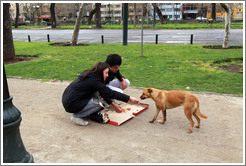
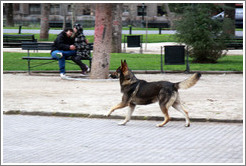
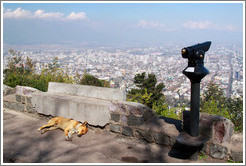
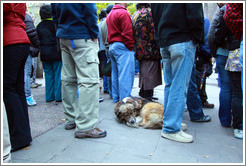
|
|
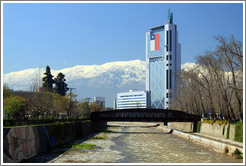
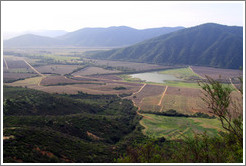 A little over an hour's drive from Santiago, this temperate valley is known for its white wines and pinot noirs. About a dozen wineries have popped up in this valley since the 1980s; I visited three of them and was impressed both by the quality of the wines and by the pleasantness of the surroundings.
A little over an hour's drive from Santiago, this temperate valley is known for its white wines and pinot noirs. About a dozen wineries have popped up in this valley since the 1980s; I visited three of them and was impressed both by the quality of the wines and by the pleasantness of the surroundings.